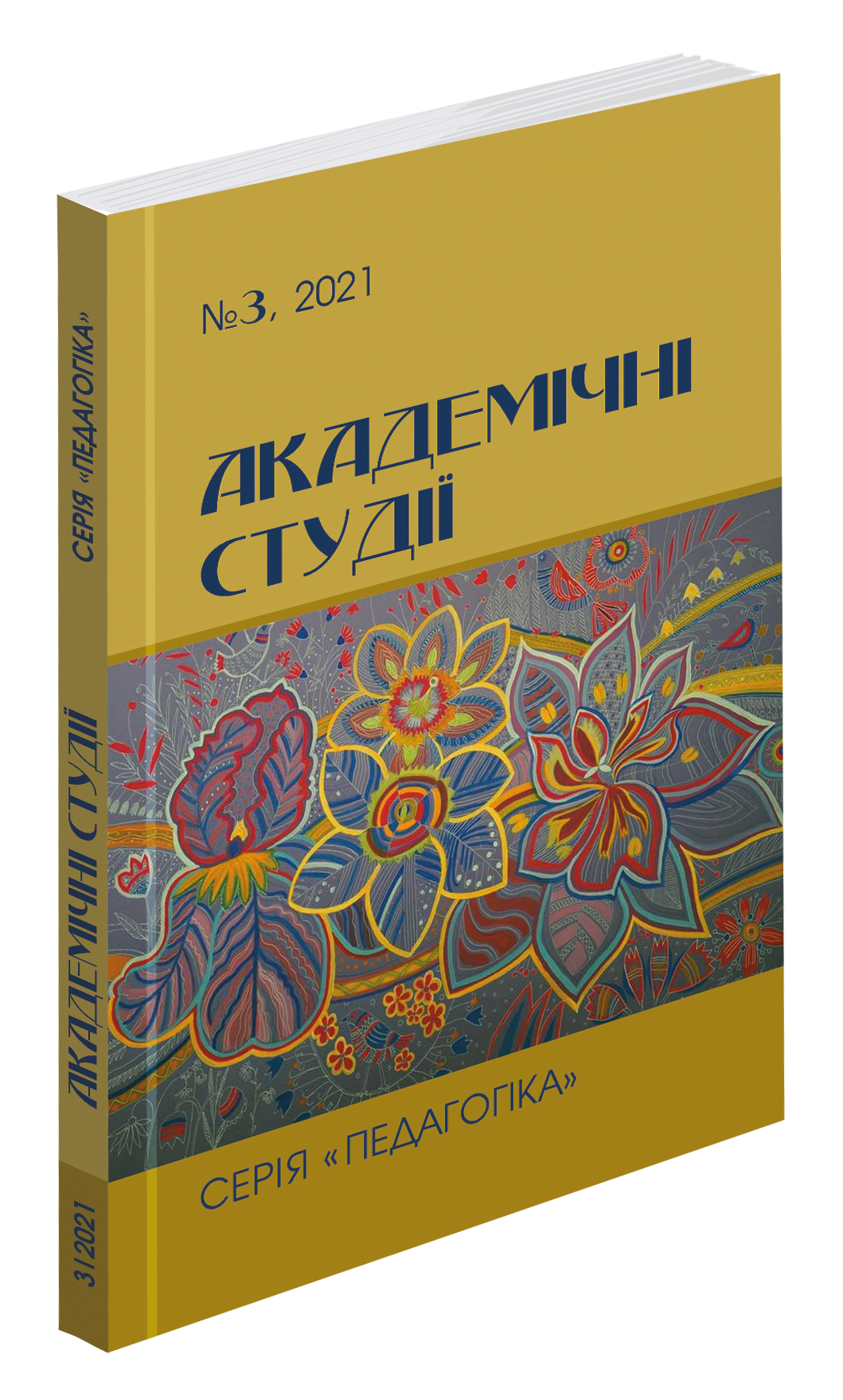Abstract
The article analyzes the creative development of a preschool child in the process of play activities. The multi-vector nature of the influence of play on a preschool child is determined. The role of the adult in the creative game is determined (in providing the necessary environment for the child with the necessary props; to observe the progressive changes and join in the fun with the permission of the child). Using methods of analysis, generalization and systematization of scientific research, the component of development of own “I” child in the course of game activity is analyzed. The advantages of children’s play activities are outlined. It is specified that cognitive activity (combination of elements of play with direct educational activity) increases the child’s mental activity and forms verbal and nonverbal communication. The article substantiates the importance of play for the social development of the child. Because such activities develop an understanding of social expectations and rules. The importance of the game for the development of personality through toys, communication, learning, self-discovery is considered. Among the advantages of the child’s creative development in the game are independence, emotional involvement and spontaneity of the child’s actions. Research shows that participation in creative play can develop in a child: personal traits, creative behavior, creative productivity. Particular attention is paid to the adult, who in the process of such activities can determine the child’s belonging to the joint cooperation. Substantiated aspects of play therapy for children with various problems. They can be sets of toys, various simulations of life situations that indicate safety. It is emphasized that play activities should be based on the child’s freedom of choice. On those favorable factors that help the child learn about the surrounding reality and participation as a person in it. Participation in creative play activities allows you to participate in a cooperative and joint process, where the interaction of possible thinking, improvisation and risk-taking leads to the emergence of new opportunities and ways.
References
Артемова Л. Розвиток теорії та практики дитячої гри. Сторінки історії. Дошкільне виховання. 2001. № 7. С. 18–19.
Выготский Л. Игра и ее роль в психическом развитии ребенка. Вопросы психологии. 1966. № 6. С. 62–76.
Эльконин Д. Б. Психология игры. Москва, 1978. 304 с.
Крутій К. Освітній простір дошкільного навчального закладу : монографія : у 2 ч. Київ : Освіта, 2009. Ч. 1. 302 с.
Піроженко Т. Ігрова діяльність дошкільника: молодший дошкільний вік. Київ : Генеза, 2016. 88 с.
Стаєнна О. Ігрова діяльність дошкільників: сучасний формат. Вихователь-методист дошкільного закладу. 2018. № 10. С. 38–42.
Ушинский К. Педагогические сочинения : в 6 т. Москва : Педагогика, 1990. Т. 6. 528 с.
Kafai,Y.,Burke, Q. Constructionist gaming: Understanding the benefits of making games for learning. Educational Psychologist. 2015. № 50 (4). 313334. https://doi.org/10.1080/00461520.2015.1124022.
Horizon, M. October5, 2015) Media study reveals Americans prioritize STEM subjects over the arts; science is “cool”, coding is new literacy. PR Newswire. URL: http://www.prnewswire.com/news-releases/horizon-mediastudyreveals-americans-prioritize-stem-subjects-over-the-arts-science-is-cool-coding-is-new-literacy-300154137.html.

